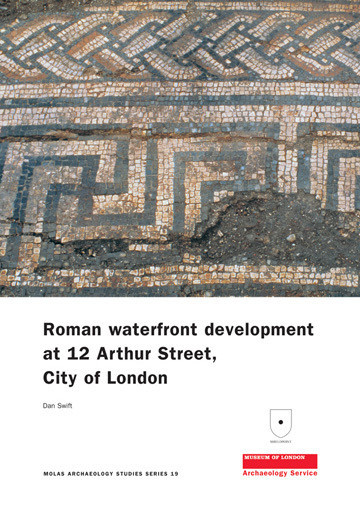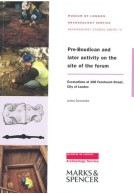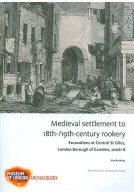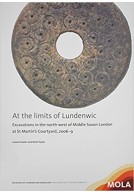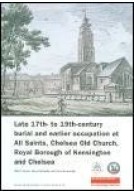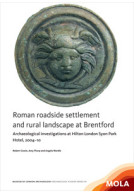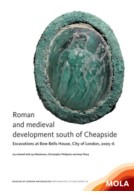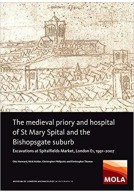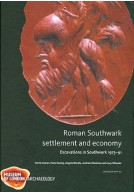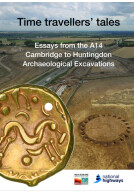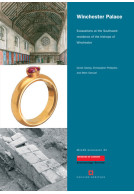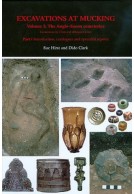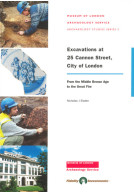Roman Waterfront Development at 12 Arthur Street, City of London (Paperback)
Imprint: MOLA (Museum of London Archaeology)
Series: MoLAS Archaeology Studies Series
Pages: 78
ISBN: 9781901992625
Published: 12th December 2007
Script Academic & Professional
Series: MoLAS Archaeology Studies Series
Pages: 78
ISBN: 9781901992625
Published: 12th December 2007
Script Academic & Professional
You'll be £3.95 closer to your next £10.00 credit when you purchase Roman Waterfront Development at 12 Arthur Street, City of London. What's this?
+£4.99 UK Delivery or free UK delivery if order is over £40
(click here for international delivery rates)
Need a currency converter? Check XE.com for live rates
(click here for international delivery rates)
Need a currency converter? Check XE.com for live rates
Archaeological excavations at 12 Arthur Street in 2001-2 produced new evidence for the Roman riverfront development which constitutes an important addition to our knowledge of Roman London's foreshore, its waterfront, quays and buildings. This study brings to light new evidence for the Claudian waterfront and construction of the terracing along the natural slope of the riverbank. Post-Boudican and Hadrianic developments included the construction of two, more solid, timber quays built in c.AD 70-80/3 and subsequently AD 120 as tidal regression generally hastened the decline of the port. The remains of major buildings include a possible early bathhouse as well as 1st- to mid 3rd-century AD high-status buildings with hypocausts, paved floors, mosaics and painted wall plaster. One of these may be a part of a building previously recorded at the adjacent site of Suffolk House, where it was interpreted as a goldsmith's premises. Other buildings at Arthur Street are interpreted as high-status residential complexes or townhouses. Alongside the buildings was a large well containing the remarkably well-preserved elements of an elaborate rotary water-lifting device consisting of the wooden buckets and iron linking chain. Undertaken as part of a mitigation strategy, the excavations left many important Roman remains in situ for future generations of archaeologists to explore further.
Customers who bought this title also bought...
Other titles in the series...
Other titles in MOLA (Museum of London Archaeology)...







